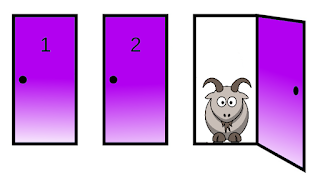Help The Policeman in Finding The Culprit
Late one evening, a car ran over a pedestrian in a narrow
bystreet and drove away without stopping. A policeman who saw the
vehicle leave the scene of the accident reported it moving at very high
speed. The accident itself was witnessed by six bystanders. They
provided the following conflicting accounts of what had happened:
- It was a blue car, driven by a man;
- The car was moving at high speed, its headlights were turned off;
- The car did have license plates, it wasn’t going very fast;
- It was a Toyota, it’s headlights were turned off;
- The car didn’t have license plates, the driver was a woman;
- It was a gray Ford.
When the the car and its driver were finally apprehended,
it turned out that only one of the six eyewitnesses gave a fully correct
description. Each of the other five provided one true and one false
piece of information.
Keeping that in mind, can you determine the following:
— What was the car’s brand?
— What color was the car?
— Was the car going fast or slow?
— Did it have license plates?
— Were its headlights turned on?






